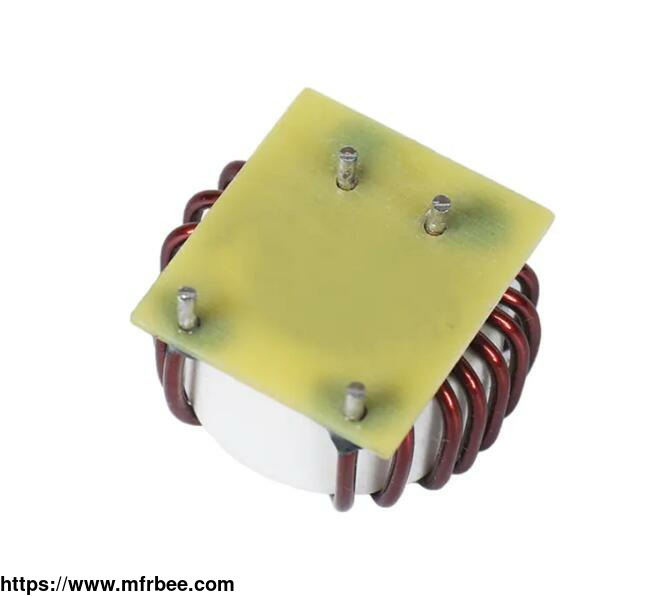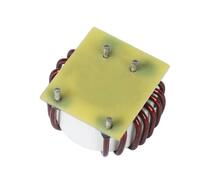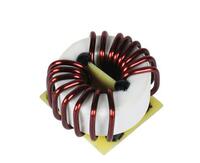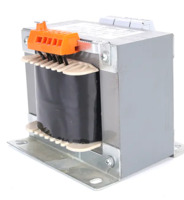Common Mode Inductor
Specifications
The inductive coil is a device that uses the principle of electromagnetic induction to work. When a current flows through a wire, a certain electromagnetic field will be generated around the
wire, and the wire of the electromagnetic field itself will induce induction on the wire within the range of the electromagnetic field. The effect on the wire itself that generates the
electromagnetic field is called "self-inductance", that is, the changing current generated by the wire itself produces a changing magnetic field, and this magnetic field further affects the
current in the wire; The effect on other wires in the range of this electromagnetic field is called "mutual inductance".
The electrical properties of an inductor coil are opposite to those of a capacitor. When the high-frequency signal passes through the inductance coil, it will encounter great resistance and
is difficult to pass; while the resistance presented by the low-frequency signal passing through it is relatively small, that is, the low-frequency signal can pass through it more easily. The
resistance of the inductor coil to DC is almost zero.
PRODUCT DESCRIPTION
Coil
Classification: Electric Transformer
Material of Wire: Copper
Test Frequency: 125kHz
Features and Advantages:
Simple structure
High sensitivity
High measurement accuracy
Small size
High quality
Low resistance
Application Areas:
Computer display board, notebook computer, pulse memory programming, DC-DC converter, etc.
- Country: China (Mainland)
- Founded Year: 2014
- Contact: aineng aineng








